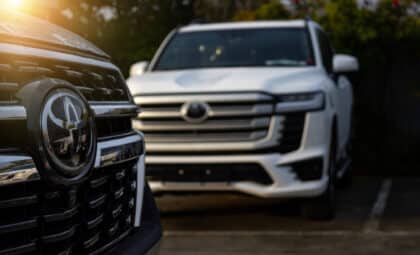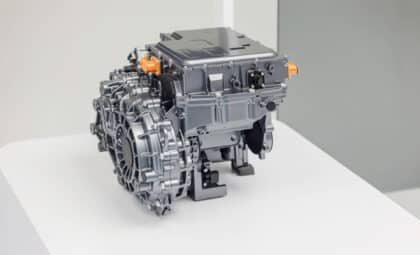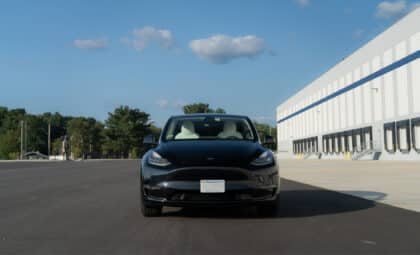The expiration of the $7,500 federal EV tax credit at the end of September sent shockwaves through the automotive market. While some buyers rushed to take advantage of the credit before it ended, October saw a sharp decline in sales as the industry adjusted to the loss.
Additionally, some legacy automakers are now putting their EV plans on hold, delayed or canceled due to a combination of regulatory hurdles and higher import tariffs. But for Rivian, the landscape has shifted in their favor, as they see fewer competitors pushing forward with aggressive EV strategies.
Rivian’s Strategic Position in a Changing Market
Rivian has positioned itself uniquely in the EV space, and the end of the tax credit further strengthens its position. According to Scaringe, the reduction in competition is a clear benefit. Legacy automakers, many of whom had been using the tax credit to make EV leases more affordable, will no longer be able to offer such aggressive deals.
This has opened a path for Rivian to stand out, especially since the company has always focused exclusively on electric vehicles, unlike many of its competitors still juggling gas-powered cars alongside EVs.
Scaringe views this shift as a long-term advantage. “It actually simplifies things for Rivian,” he explained in a recent speech, adding that with less competition in the market, Rivian will have an opportunity to focus more on its growth and product development. The company’s upcoming R2 SUV, slated for release in 2026, is one example of Rivian’s continued push into the electric vehicle market despite the challenges faced by the industry, reports InsideEVs.
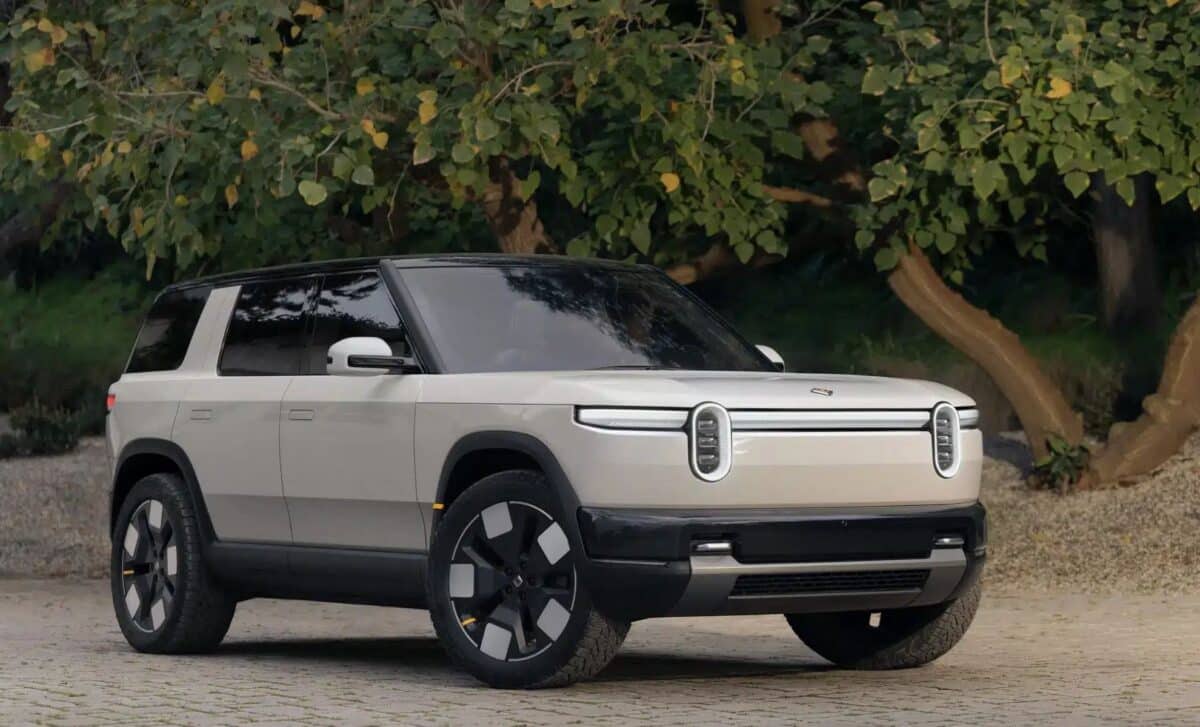
Legacy Automakers Scaling Back
While Rivian looks to capitalize on the changes, other automakers are reassessing their positions. Some companies, such as Kia and Stellantis, have already scaled back or delayed their EV projects in response to the loss of the tax credit and rising import tariffs.
This shift is also partly driven by the increased regulatory pressure on manufacturers to meet certain emissions standards, which has made EV production a more costly and complicated process for traditional automakers.
The immediate impact of the tax credit’s expiration has been evident in sales numbers, with a significant dip in EV purchases following the credit’s end. According to reports, many consumers were waiting until the last possible moment to take advantage of the incentive, and once it was gone, they hesitated to move forward with purchases.
This drop in sales has highlighted how dependent the market has become on government support, and how much more difficult it will be for automakers to sell EVs without these incentives.
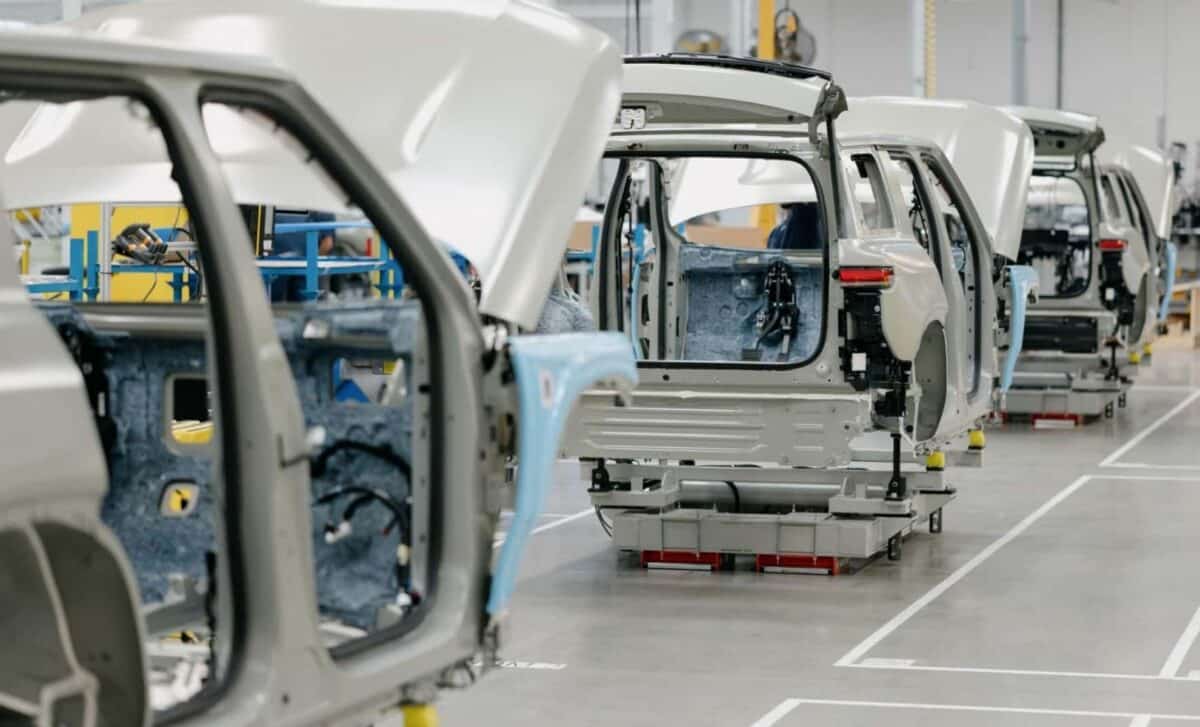
The Future of Electric Vehicles in the U.S.
Looking beyond the short-term effects, Scaringe warned that legacy automakers should not retreat from their EV plans altogether. He believes that scaling back now would hurt companies in the long run as the global automotive market continues its shift toward electric vehicles.
“Every manufacturer needs to be developing world-class leading technology,” Scaringe stated, pointing out that companies like those in China are continuing to push forward aggressively with EV development.
For Rivian, the loss of the tax credit may have disrupted the market in the short term, but the company is optimistic about its future. Scaringe believes that, while the tax credit’s end has caused some turbulence, the broader shift to electric vehicles is unstoppable. “In the fullness of time, it doesn’t change any of the outcomes,” he said, reinforcing Rivian’s confidence in its ability to succeed in the increasingly competitive EV space.




